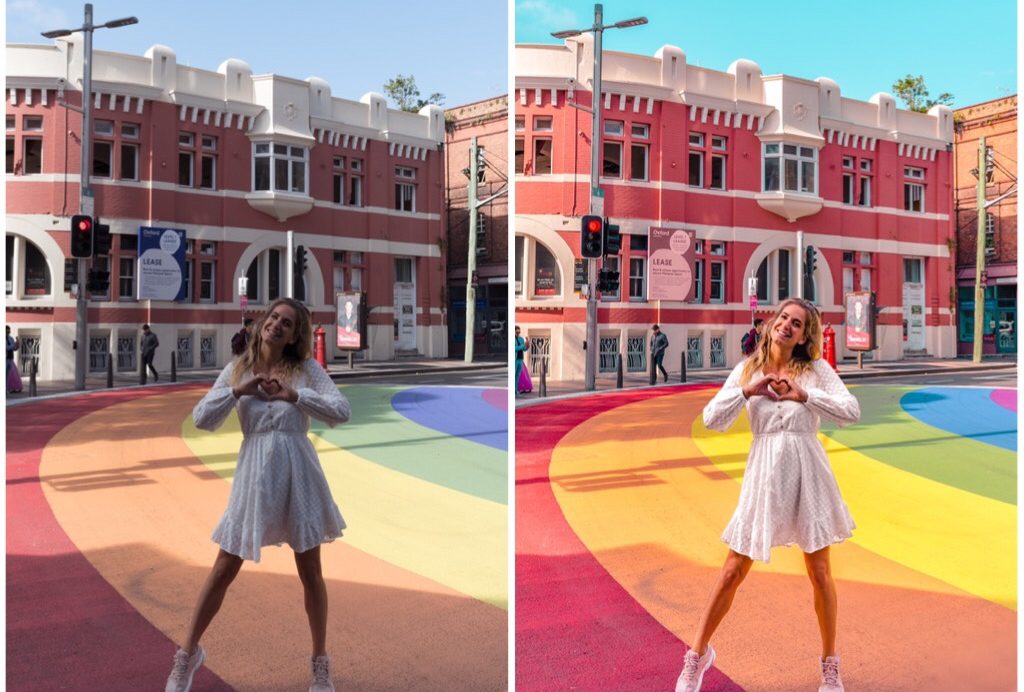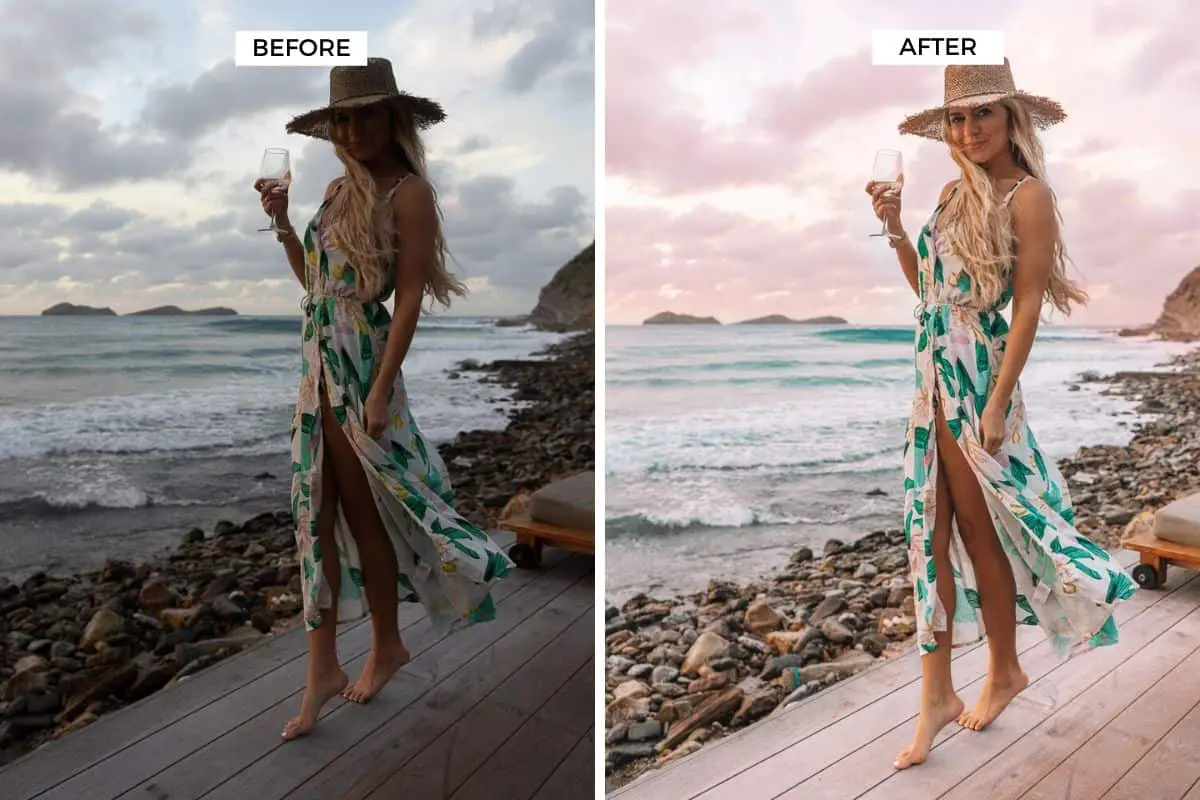
Now, whenever you have to use the ‘Before and After’ feature, you don’t have to click a button on the screen, or even try to undo (which a lot of people still do). Moreover, keep in mind that exporting the ‘Before’ state will only result in the final edited state being exported anyway. It doesn’t have any permanent effect on the image that you have edited. The Before/After tool is supposed to be used as a temporary visual guide. It is important to note that you can swap the before state with any of the steps that are found in the History panel. It is easy to see why this is so because it is not wise to compare photos that don’t have the same level of straightening or cropping. Moreover, this feature will showcase every single adjustment that is done to the image, including all the sub-modules that exist in the Develop module, apart from the Crop and Straighten tool. Alternatively, you can also click the Develop link which can be found in the top module area.

So, if you want to use the Before and After tool, you will have to choose an image that you want to work on, and then enter the Develop module by clicking on ‘D’ on your keyboard.
#Adobe lightroom before and after how to
Related: Lightroom Tips to Improve Your Photos Quick Before and After in Lightroom With One Clickīefore we begin exploring how to see before and after in Lightroom, it is quite essential to point out that this feature can only be found in the ‘Develop’ module. Let us explore this feature in detail in this article. They have also given several means of visualizing both horizontal as well as vertical images in just one window. We have provided several profiles including, DaVinci Resolve, Cubase, and more to get you started with building and sharing your own Custom Profiles.Īdobe has made it extremely simple to toggle between the Before and After scenes.

#Adobe lightroom before and after pro
NATIVE INTEGRATIONS: Adobe Lightroom Classic, Photoshop with Camera Raw, Capture One Pro 21 for MacOS, Premiere Pro CC, After Effects, Illustrator, Audition, Final Cut Pro, Ableton Live, OBS Studio, Streamlabs (Windows only), Ecamm and vMix.And because everything we do in Lightroom is non-destructive, the original image always remains safe. And finally, we'll use the Basic panel to fade the image by toning down the highlights, brightening the shadows and reducing contrast in the midtones. We'll add grain and a vignette effect with the Effects panel. Then, we'll give it more of an old fashioned look by adding a sepia tone using the Split Toning panel.

We'll start by creating a custom black and white version of our image using Lightroom's HSL / Color / B&W panel. In fact, with Lightroom, it's even easier, since we can select the image we want to use and apply the vintage photo effect all from within Lightroom itself. Since Camera Raw and Lightroom share the same panels with the same options, the steps for creating this effect in Lightroom are exactly the same. In a previous tutorial, we learned how to create the same vintage photo effect using the Camera Raw filter in Photoshop. In this Adobe Lightroom tutorial, we'll learn how to easily turn a new photo into an old-fashioned, vintage photo.


 0 kommentar(er)
0 kommentar(er)
